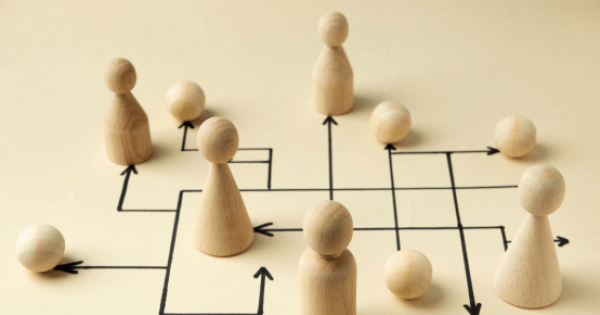Customer life cycle: learn how to optimize it
 Customer life cycle: importance, phases and strategies
Customer life cycle: importance, phases and strategies
Customer life cycle: meaning, stages and strategies
The customer life cycle refers to the different stages a customer goes through, from the first contact with a company until the end of the relationship.
Customer service plays a key role in all these stages. Providing quality assistance responds to the users' needs and expectations and aims to provide a positive experience at every stage of the customer journey.
Likewise, business success is closely related with this cycle. In turn, it motivates its proper management to deliver important benefits, such as:
- Increase customer confidence.
- Increase customer retention and loyalty.
- Generate recurring revenue.
- Strengthen brand reputation.
On the other hand, understanding the stages of the lifecycle is of crucial importance in order to be able to manage user relationships effectively.
Here we explain what the customer life cycle is, its components, strategies and how it relates to customer service.
Stages of the customer life cycle
These may vary in number and name; however, the main ones are as follows:
- Acquisition. At this stage, the customer is a prospect, usually showing interest in the products or services being offered.
- Activation. At this stage, the buyer becomes a customer and it is essential to provide a satisfactory buying experience in order to foster loyalty and commitment to the brand.
- Retention. This stage involves providing exceptional service, responding to customers' concerns and needs, and offering incentives for them to continue to choose the company.
- Loyalty. This is when the user becomes an enthusiastic follower of the brand and makes purchases on an ongoing basis.
Strategies to optimize the customer life cycle
In order to optimize this process, it is important to implement the following strategies:
Personalization of interactions
It includes personalized attention, fast response times, ease of use of shopping platforms and secure payment options.
Segmentation in the customer base
It is developed by identifying and grouping customers into different segments; in turn, these groups have similar characteristics and needs that are organized using appropriate automation software. This will allow marketing and communication strategies to be tailored to each group more effectively.
Offering memorable experiences
With this strategy, it provides excellent customer service; accordingly, it seeks to achieve a satisfactory shopping experience at every stage or interaction.
Creating loyalty programs
These programs consist of exclusive discounts, special benefits, among others. Also, maintaining constant communication to keep customers satisfied and motivate repeat purchases. It is also important to collect feedback and conduct satisfaction surveys to continuously improve while adapting to changing customer needs.
How the customer life cycle is related
The relationship between the life cycle and customer service lies in the fact that customer service plays a crucial role in the optimal development of the life cycle, because of the following:
- Enables the collection and analysis of customer data.
- It makes it possible to anticipate future requirements.
- It contributes to clear and effective communication.
- Allows quick and diligent response to SICC (suggestions, issues, claims or complaints).
- It enables adaptation to new trends and technologies.
The objective of the customer life cycle is to understand and manage the user's behavior and needs over time. From their first interaction to the completion of the business relationship.
In this sense, we invite you to implement a customer-centric approach; fostering long-lasting relationships and generating added value throughout their entire lifecycle, for the transformation of experiences that value the brand.
